July 20, 1969, is a landmark date in human history. With the Apollo 11 spacecraft, humanity took its first steps on the Moon. However, reaching the Moon was just one part of the mission. For success, the spacecraft and the three astronauts had to return to Earth safely. As this was the first mission of its kind, the outcome was uncertain. Therefore, President Richard Nixon was prepared with an alternative speech, popularly known as "the contingency speech," address the nation in case of a tragedy, according to Space.com.
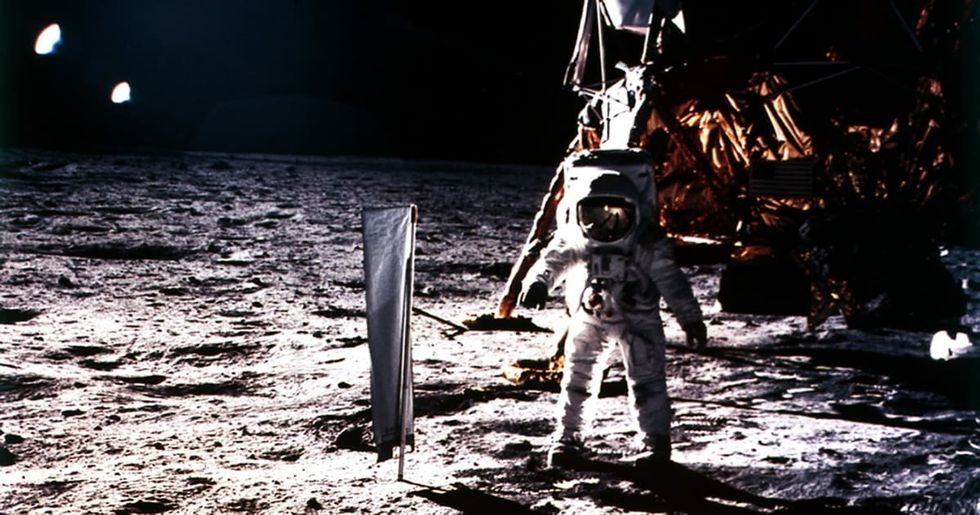
Neil Armstrong, Edwin ‘Buzz’ Aldrin, and Michael Collins etched their names in history as the first men to reach the lunar surface. However, their journey home was uncertain, as their spacecraft faced technical issues serious enough to jeopardize their return to Earth.
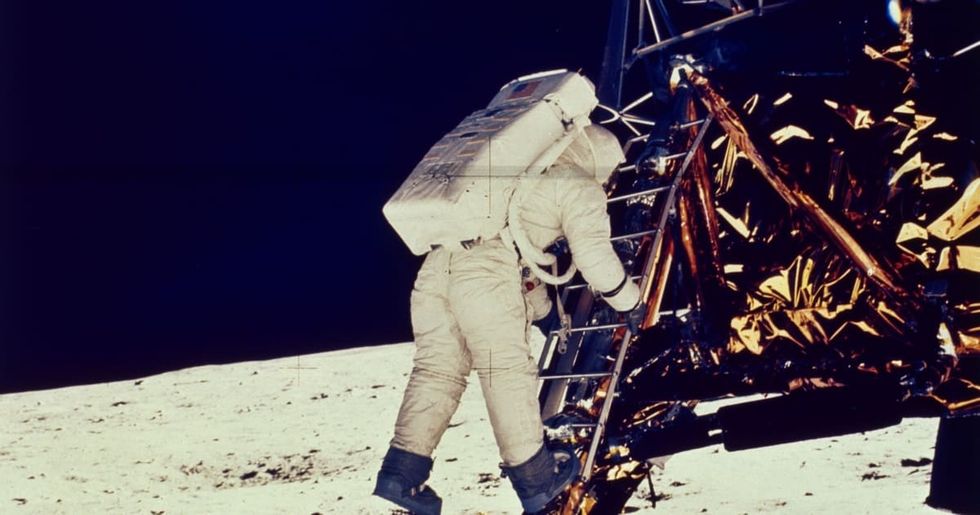
A few weeks before the launch of Apollo 11, an astronaut from the Apollo 8 mission advised senior presidential speechwriter, William Safire, to prepare for the possibility of a disaster. According to former NASA chief historian Roger Launius, the Apollo 8 astronaut was majorly worried for Neil Armstrong and Edwin Aldrin, the duo who had to walk on the moon. Since Michael Collins was orbiting the moon in the command module, he was expected to make it back. "It's one thing to die in a blaze of glory in an explosion, and it's another if you [slowly] run out of oxygen," Launius explained.
Left with no choice, Safire soon began to write a different, more somber version of the presidential address titled, "In the Event of Moon Disaster." He, however, feared that the plan would bring 'bad luck,' per History.
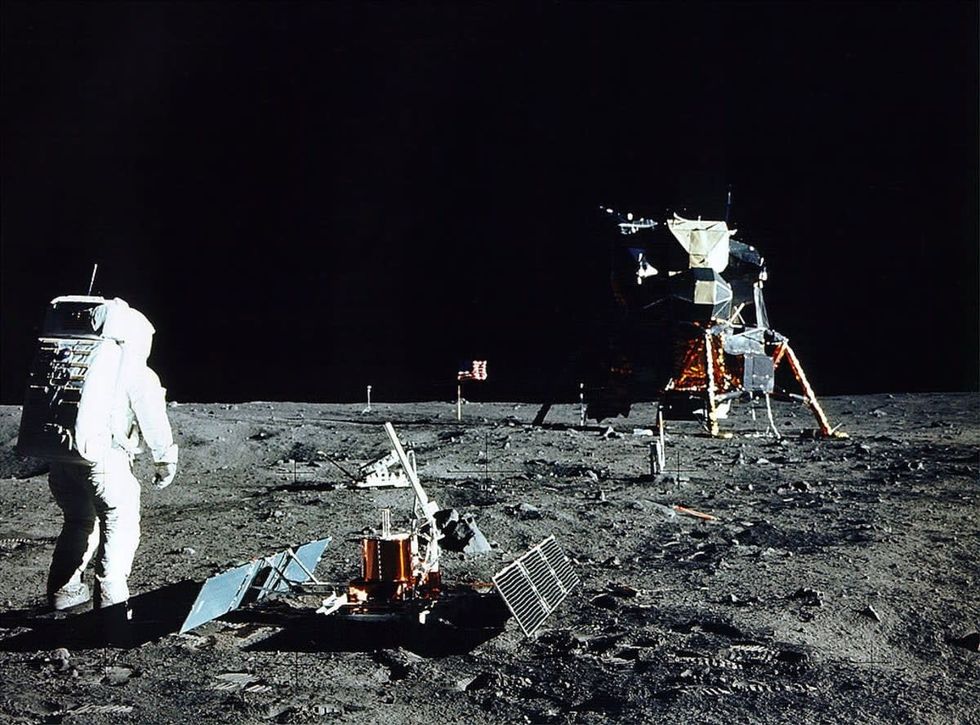
In the event of the untimely demise of Armstrong and Aldrin, Nixon would open his speech by saying, "Fate has ordained that the men who went to the moon to explore in peace will stay on the moon to rest in peace. These brave men, Neil Armstrong, and Edwin Aldrin, know that there is no hope for their recovery. But they also know that there is hope for mankind in their sacrifice." The president would then call the duo ‘brave’ before stating that they were "laying down their lives for mankind’s most noble goal" — "the search for truth and understanding."
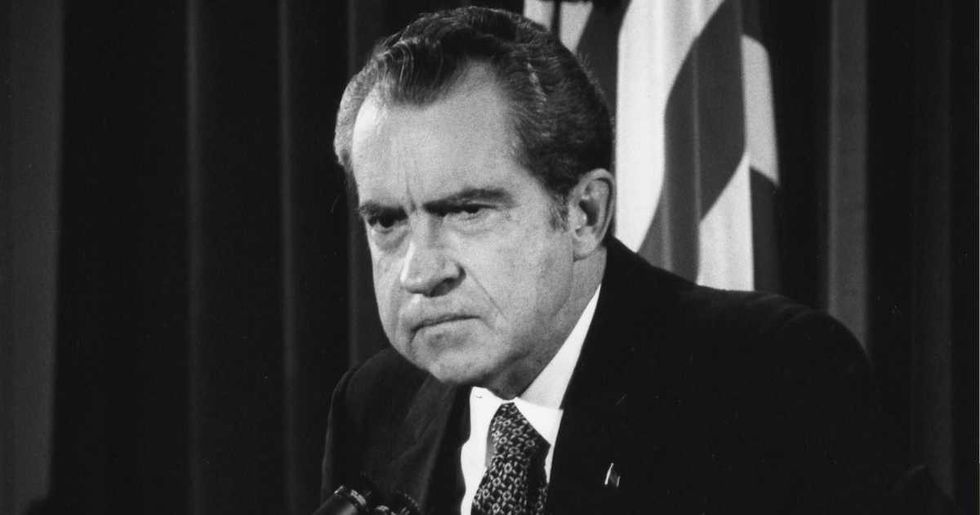
"In ancient days, men looked at stars and saw their heroes in the constellations. In modern times, we do much the same, but our heroes are epic men of flesh and blood," the president would read. He would end his speech by addressing how another part of the universe would now be linked to mankind forever. The speech read, "For every human being who looks up at the moon in the nights to come will know that there is some corner of another world that is forever mankind."
Additionally, NASA's contingency plan noted that the president would telephone each of the widows-to-be before giving the speech. After that, all communications with the astronauts were to be ceased. It was also decided that after the presidential speech, a clergyman would adopt the same procedure as a burial at the sea, and would commend the astronaut's souls to "the deepest of the deep."
Fortunately, "The Contingency Speech" never saw the light of day as the astronauts successfully and safely reached back home. To this day, Apollo 11 stands as the most iconic space mission in history.





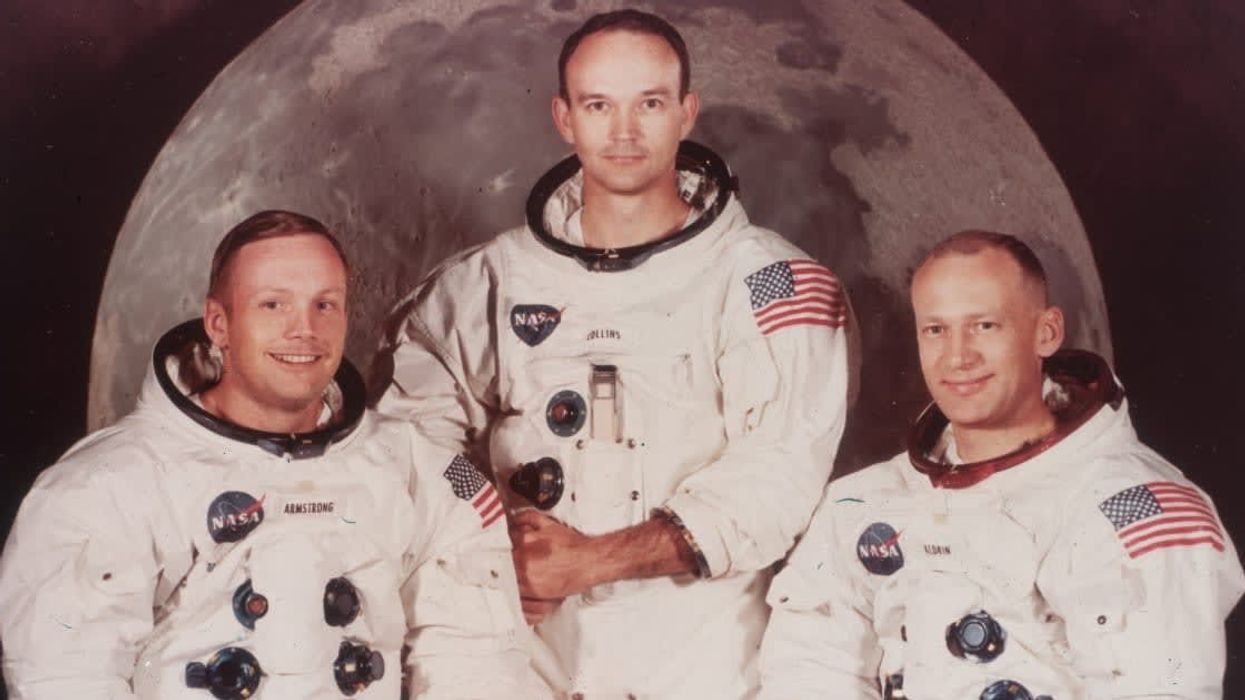



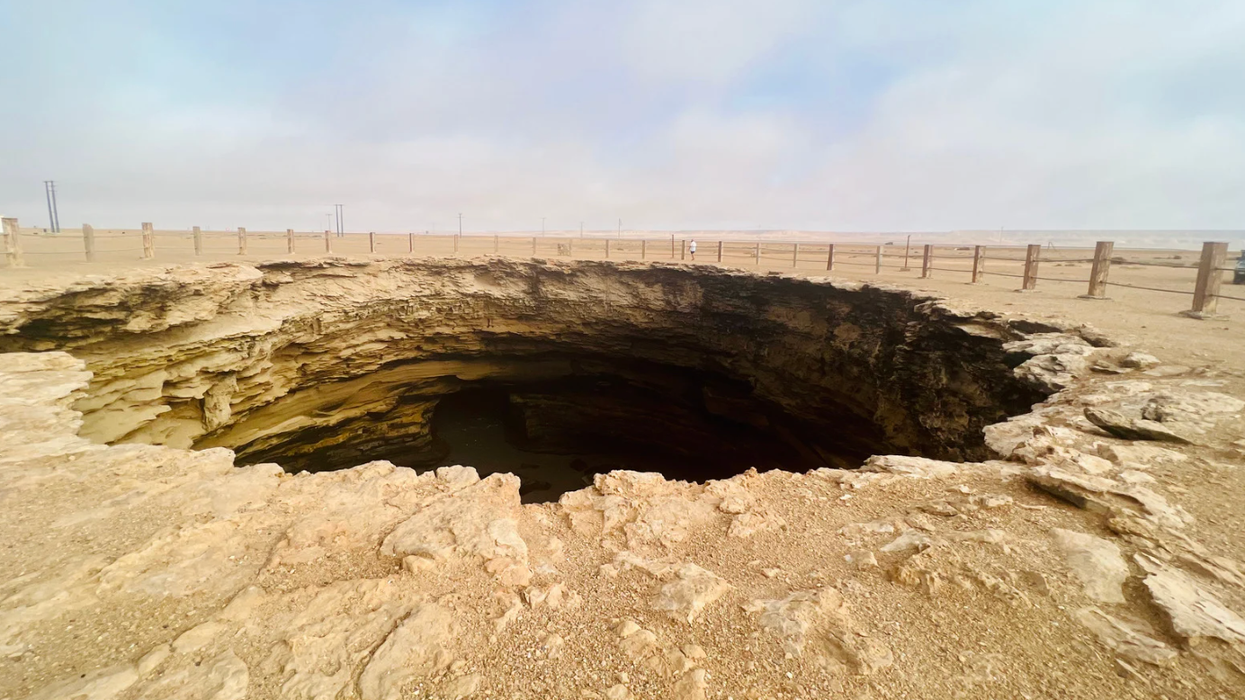





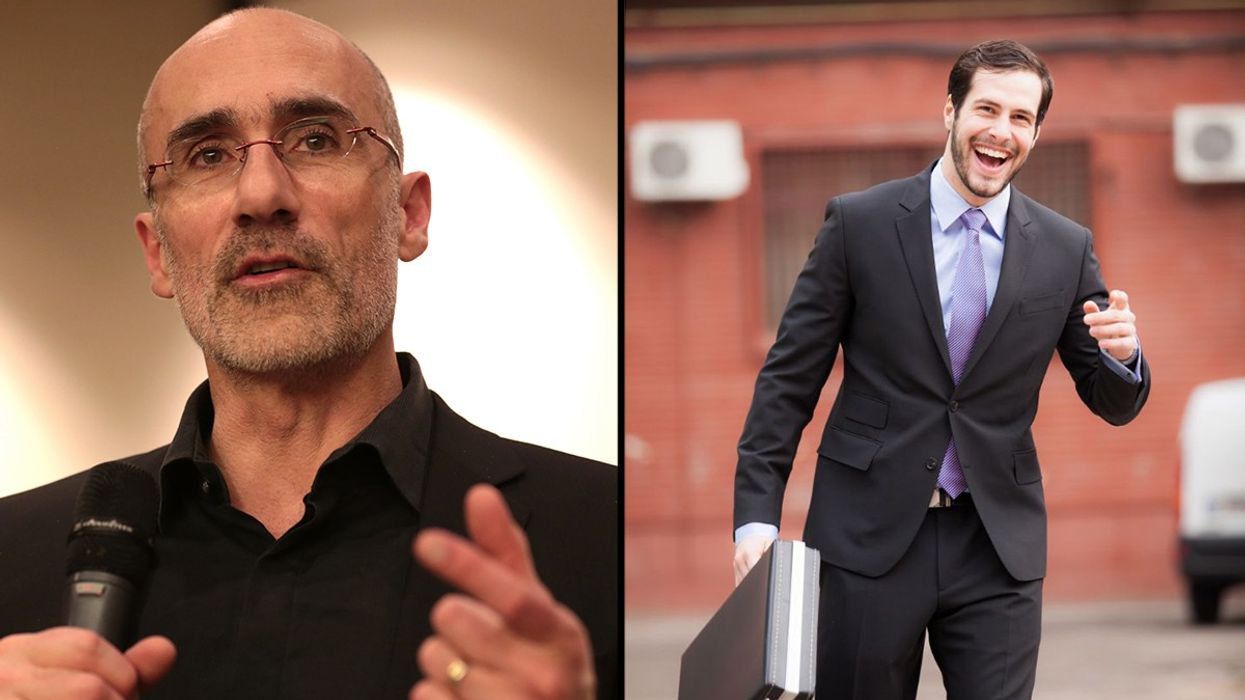

 A symbol for organ donation.Image via
A symbol for organ donation.Image via  A line of people.Image via
A line of people.Image via  "You get a second chance."
"You get a second chance." 
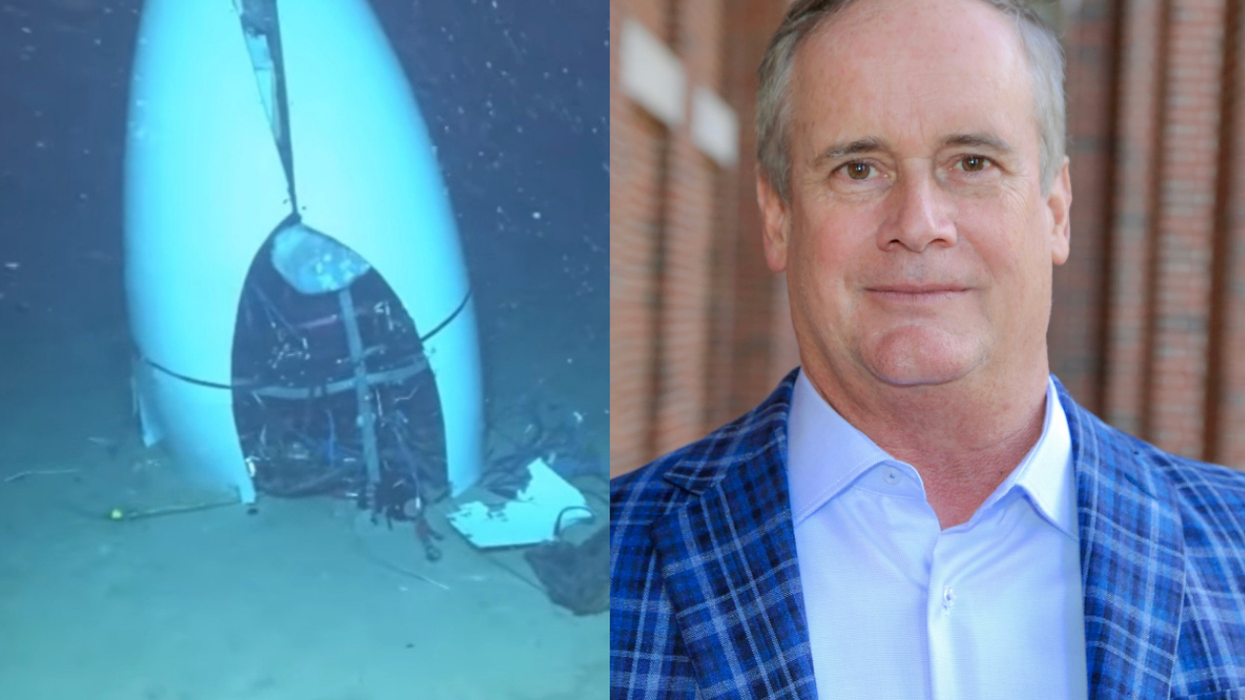

 36 is the magic number.
36 is the magic number. According to one respondendant things "feel more in place".
According to one respondendant things "feel more in place". 
 Some plastic containers.Representational Image Source: Pexels I Photo by Nataliya Vaitkevich
Some plastic containers.Representational Image Source: Pexels I Photo by Nataliya Vaitkevich Man with a plastic container.Representative Image Source: Pexels | Kampus Production
Man with a plastic container.Representative Image Source: Pexels | Kampus Production
 Photo by
Photo by 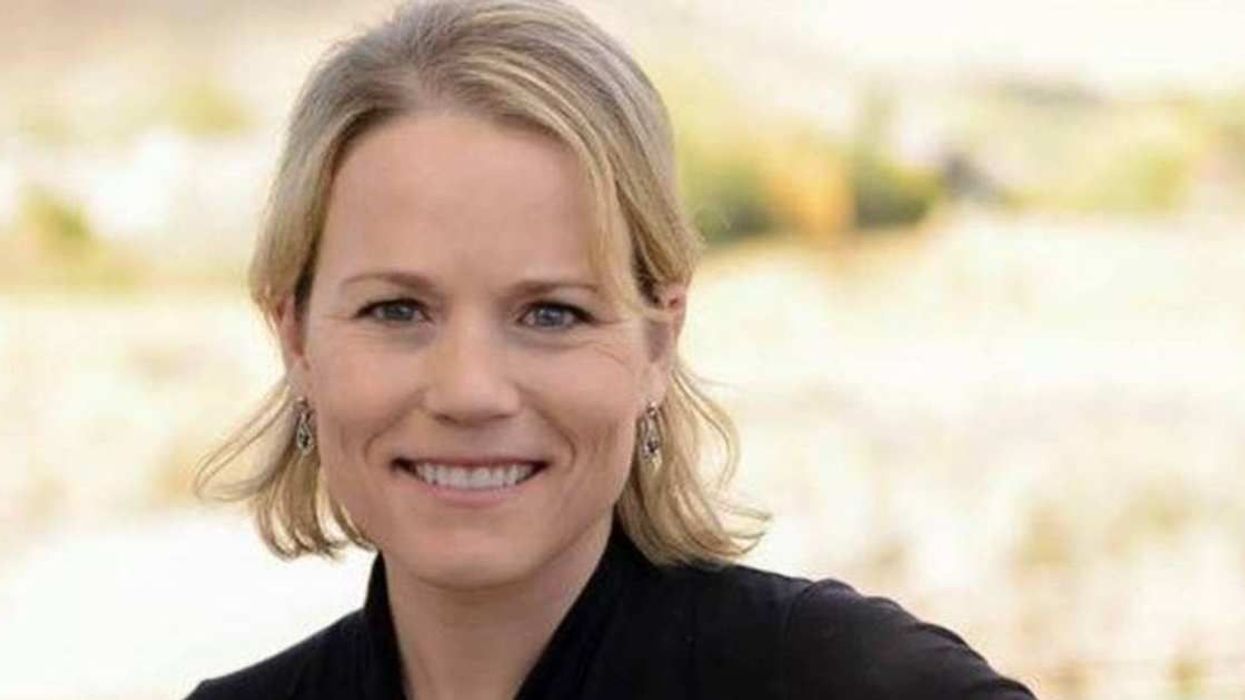
 Canva
Canva It's easy to let little things go undone. Canva
It's easy to let little things go undone. Canva
 Teens are waiting longer than at any point in the survey’s history. Canva
Teens are waiting longer than at any point in the survey’s history. Canva Chart on the age of a person’s first time having sex.National Survey of Family Growth/flowing data.com | Chart on the age of a person’s first time having sex.
Chart on the age of a person’s first time having sex.National Survey of Family Growth/flowing data.com | Chart on the age of a person’s first time having sex.